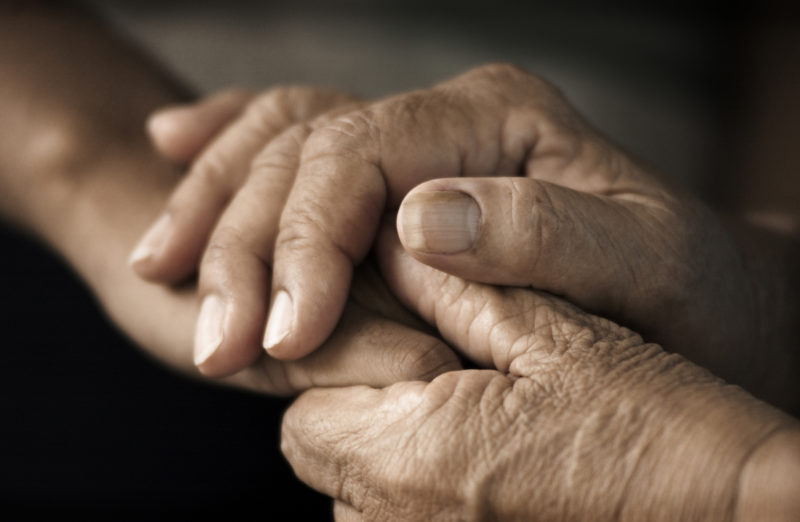In December 2015, Quebec legalized “medical aid in dying.” Although still contentious, especially in the medical and legal communities, the law specifies that the person involved be an adult, have some kind of incurable disease and be in constant and unbearable physical or psychological pain.
The word used, “euthanasia,” literally means a “good death.” It refers to the intentional and purposeful taking of a human life. Euthanasia denotes explicitly ending another person’s life. Assisted suicide signifies giving someone the information or tools to end his or her own life.
READ: CONCERNS RAISED ABOUT PHYSICIAN-ASSISTED DEATH POLICY
The development of the rather extensive ethical, medical and legal literature focuses on both categories, in terms of ways of assenting to or assisting in some form of suicide, of aiding and abetting the decision to end a life. Whether it’s passive or active, physician-aided or personally undertaken, all the debates acknowledge that there are extraordinary cases of human suffering that cry out for our ethical consideration and for practical resolutions.
While I know that I cannot imagine the condition of some people’s lives, their pain and suffering, I must admit to great concerns about our current solutions.
I worry about our society’s moral values and sacred commitment to life. I worry about the facility with which we deliberate about choice in death. I worry that we have ignored our religious principles. Perhaps we should be concentrating on hospice and palliative care. Choosing to die or end a life, after all, is very final. Who chooses and who helps make the choice or perform the act? What pressures exist and who presses?
The ethical slippery slope doesn’t just worry me – it terrifies me.
Earlier this month, the Montreal Gazette posted an article about a 92-year-old woman whose life was turned upside down and who will never fully recover. When she courageously escaped into the cold, she told the authorities how three people, not related to her, forcibly removed her from her home and took over her life. They effectively got legal control of her life and her bank accounts. “Out of the blue, she was forced into a residence, a virtual prisoner, with no access to her life savings, branded incapable of functioning on her own.”
As the story unfolds, it’s clear it was not difficult to gain control of her life. Significantly, this is not an isolated case. Elder abuse is growing and underreported. One in 10 seniors experience some form of elder abuse according to Statistics Canada.
What is wrong with our society? In other cultures, elders were considered the wise ones, effectively a community’s library or archive. They were revered and heeded.
Given our cultural mistreatment of the elderly, how easy will it be to convince some seniors that they really want to or need to die? Pressure on them, or outright exploitation, makes end-of-life decisions multifaceted and dangerous.
READ: ORTHODOX DOCTORS WRESTLE WITH ETHICS OF ‘ASSISTED SUICIDE’
One more cautionary consideration: at what point is the end-of-life decision made by an individual? When my mother was able, she clearly did not want to suffer or be a burden on the family. She would have signed any end-of-life statement to that effect. But later, even in the actual experience of suffering, her body fought for life. Somehow, she refused to die. No law could be appropriate or ethical that would have allowed us to end her life, no matter what she had signed earlier. We do not know how strong the desire for life is within us. We cannot imagine or really know how we will feel at the end.
Given the ethical complexity and uncertainty, how can we as a society enable or entertain this right to choose death?
Caution is called for – extreme caution.
